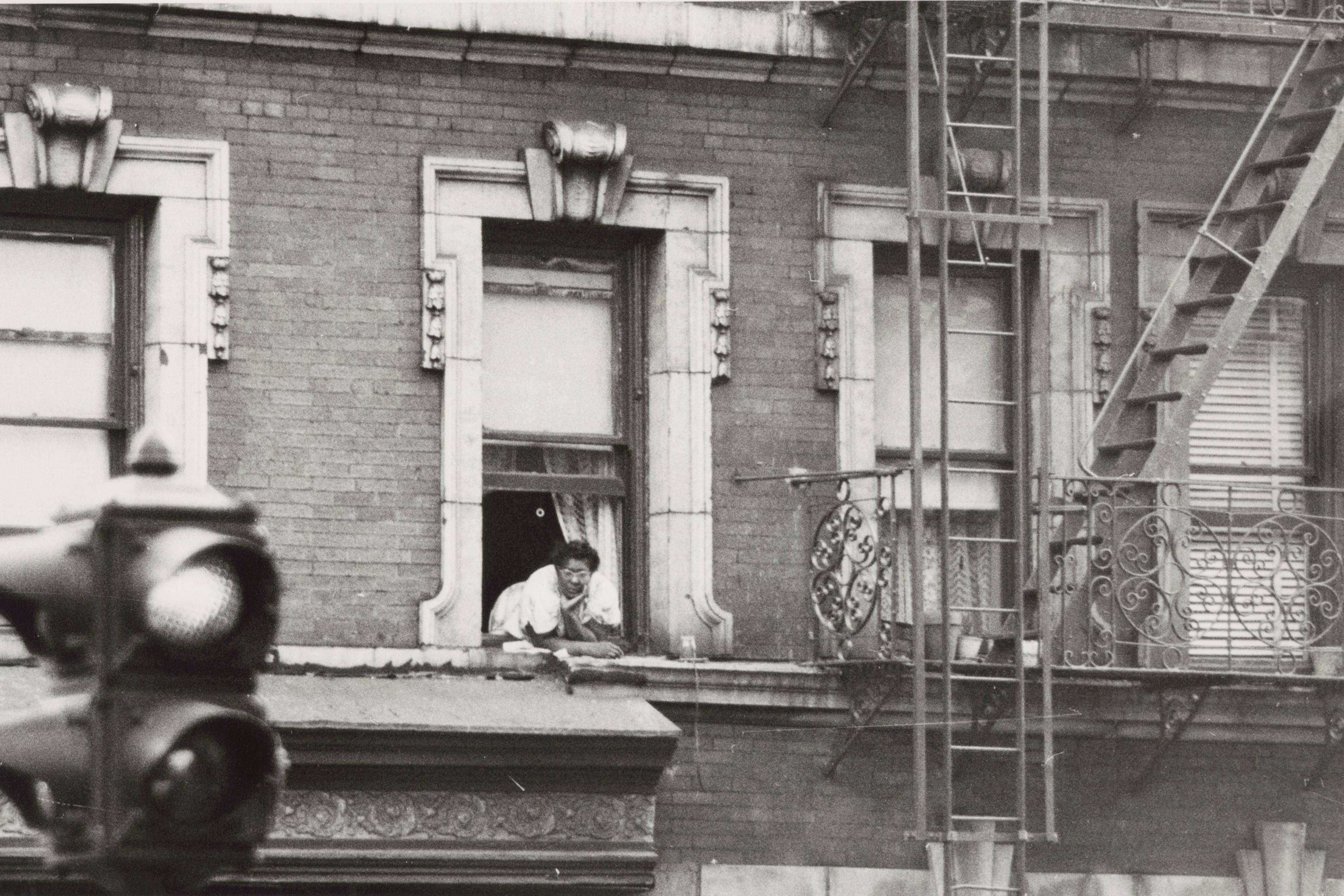To be so intensely alone that you can hardly find the words to describe how you feel. To doubt your every word and action, even your sense of who you are. To have never experienced feeling truly known by another person. To fear others, yet long to connect with them. To yearn for the courage to take up space and speak out; to trust yourself and others enough to make your presence felt. This is what people diagnosed with ‘avoidant personality disorder’ – one of the more common personality disorders recognised by modern psychiatry – have told us it feels like to be them. One interviewee said:
I feel like me as a person is not present. I feel like I do not know myself … I do not feel like I know who I am. That is kind of what I would like to know.
Many quiet people are there, but prefer to stay in the shadows. The girl in class who never raises her hand; the colleague who keeps to himself; the student who seems to never find his place in a group of friends. Shy but polite, perhaps seeming awkward or uncomfortable in social settings. Some of these people are perhaps doing fine and are naturally introverts; however, a minority suffer with anxieties and depressive moods. They might seek help through therapists and in various clinical services. An even smaller number will be diagnosed with avoidant personality disorder. As well as craving connection with others, they feel inadequate and fear being ridiculed and rejected. They’re sensitive to negative evaluation and criticism, feel incompetent, personally unappealing and inferior to others, as well as reluctant to risk engaging in new activities.
For someone to be diagnosed with this condition, these patterns of thinking and feeling towards themselves and others, and the social inhibition and withdrawal that follow, should be relatively stable across time and situations. These patterns must also be considered different from what the average person experiences in the relevant cultural context, and give rise to psychological suffering, including preventing the person from living his or her life the way he or she wishes.
The diagnosis of avoidant personality disorder was first introduced into the Diagnostic and Statistical Manual of Mental Disorders (DSM), psychiatry’s principal diagnostic text, in 1980. Recently, there’s been debate over whether it’s simply a more severe form of social phobia. However, it seems that avoidant personality disorder concerns more specifically problems with a personal sense of self, and of intimacy and openness in relationships, rather than with mere social avoidance.
Despite the many descriptions of avoidant personality disorder that exist, and the various psychological theories of why and how people come to struggle with these issues, we realised a short time ago that we didn’t really understand what it was like for people to live with avoidant personality disorder. One reason is that, when people with avoidant personality disorder go into therapy, the very challenges for which they seek help become hindrances for the therapy itself. They struggle to articulate their experiences, and likewise fear hurtful reactions if they make themselves known. As a result, the therapist typically remains unaware of what’s taken place between herself and her client, believing that the client was satisfied with the therapy or, on the contrary, has given up on change. The therapists themselves might become impatient or dissatisfied with therapeutic techniques that became stuck while their clients’ suffering continued.
As therapists ourselves, we’re writing partly from experience. It’s why – together with co-researchers with first-hand experience with avoidant personality disorder – we embarked recently on a research project to better understand clients with avoidant personality disorder from their perspective. What are their lives like, we wondered, and what is their avoidance really about?
We interviewed nine women and six men diagnosed with avoidant personality disorder about their personal histories and their everyday lives. Their ages ranged from 20 to 51 years, and they’d had various experiences with treatment. Some had completed education and been employed. However, none were working at the time of the interviews; all received some form of social welfare.
The stories we heard all gave a sense of becoming forlorn and of permeating aloneness. The interviewees recalled how their troubles developed when they were little. The stories had in common that they featured first a child, then a youth, and eventually a young adult who became increasingly alone, lost, unhappy and bereft of comfort. One of our participants recalled:
There was no one there to take care of me, to talk to, to ask about things, or to help me become confident in anything.
Although some participants believed that their personality traits or genetics could have contributed to their troubles, they all spoke about how they were shaped by various life events, such as growing up with parents who had their own troubles, or being bullied and rejected by peers. Another interviewee told us:
They had their fun bullying me. In addition, the girls … you know, there was room for everyone, and then there was no room for me. I was not invited.
Whatever the causes, our participants described a sense of having to succumb to their fates, of having to keep quiet and persevere with life. Resonating through their stories was a sense of being emotionally and/or relationally distant from their family of origin and from peers. Even when there were stories of good familial relations, the interviewees hadn’t considered sharing their troubles while growing up. It was only with hindsight that they realised there seemed to have been a family norm of not discussing personal concerns:
My father died when I was 10. We never talked about it. I remember the pastor asking me how I was, and I just told him that I was OK. That was it.
Key transitions in life made everything worse, the interviewees said, increasing their forlornness:
The worst thing I ever experienced was finishing secondary school and starting high school. It started becoming a bit safe at secondary school. I knew who most people were and where to go. There were some safe places. Then, I was supposed to go somewhere new with completely new people. I could not handle it. I just cried and cried. It was so scary. I lost all control.
As new contexts demanded more of them, the interviewees said they became ever more lost as to how to be, act, or manage in social and intimate settings, as well as in situations of performance such as school or work:
When I finished school, I found it very hard to write a job application. I thought, I have my degree, but nobody will hire me, and I cannot make it through an interview. I did get an internship and I did my job well, but the social part did not go well. I got an offer to work there, and the job was good. But I said no to it because I felt like I made a fool out of myself.
A few participants did describe some good relations with others, such as a best friend, a grandmother or a sibling. Some also found that a change of setting, such as a new school, provided a new beginning. However, their troubles always re-emerged with additional changes or when having to face the experience of disconnection in other family, peer or romantic relationships.
It is in the interviewees’ descriptions of their day-to-day adult lives that a striking common theme emerged, of the struggle to be a person – to be a functional, relational person within a lifeworld of isolation. Their lives became coloured by a conflicting stance of both fearing and longing for connection, as well as for solitude. They yearned to belong to the fellowship of others, yet they feared others’ opinions, motives and agendas. The closer they got to others, the more vulnerable they felt:
There comes heaviness, like ‘now you are alone again little man, and you will never manage this; you will die alone’.
One way the participants said that they tried to find acceptance was through trying to fit in, and they did that by feigning being as normal, secure and competent as they perceived others to be:
I notice that you spend incredible amounts of energy. You just spend your entire consciousness in just not … trying not to make a fool out of yourself and appear normal.
When this strategy of feigning being normal was impossible or failed, the interviewees said that they made themselves invisible or retreated to their homes for rejuvenation. There they would spend much time both scrutinising and shunning their experiences. Doing this created yet more distance from their sense of self, as if they had lost contact with their own will and their wishes.
Thankfully there were some glimmers of hope in our interviewees’ stories of their lives. Some of them spoke of finding comfort in arts, crafts, music and physical activity, of positive absorption and a sense of development, free of worry and rumination. Some described a sense of connection with small children and animals, whom they considered genuine and true in their displays of love and dependency. Lastly, for many participants, outdoor life provided an experience of freedom, competence and presence.
How can these stories help us to understand what it’s like to have a diagnosis of avoidant personality disorder, to struggle for a lifetime to be a person? Most of all, we believe that our findings underline how the way we humans come to be ourselves is always relational, and it’s a process that requires social and interpersonal skills that many of us take for granted. We grow and develop our sense of self in interplay with others; through acting, reacting, talking, telling, and listening. For those who struggle to participate in these exchanges, the self that doesn’t become shared can become unknown, unnamed and hidden, frightful and considered as something that can’t be accepted or trusted. For our interviewees, aloneness was more than loneliness. They longed for something never experienced: the felt sense of being yourself through another person.
Conducting these interviews has changed our understanding of what it’s like to live with avoidant personality disorder. It’s given us new words and a voice to describe their experiences. We hope that this will help us be better therapists. When, in therapy, we ask a client diagnosed with avoidant personality disorder what they need help with, why they struggle and what they fear, they will often answer ‘I don’t know,’ and they usually really mean it. The most important thing, therefore, is to work with them, to start discovering answers to these questions together. It’s our hope that the findings from this research will provide a starting point for other people struggling with a life of avoidance, helping them to recognise their own experiences and to tell their own stories.








